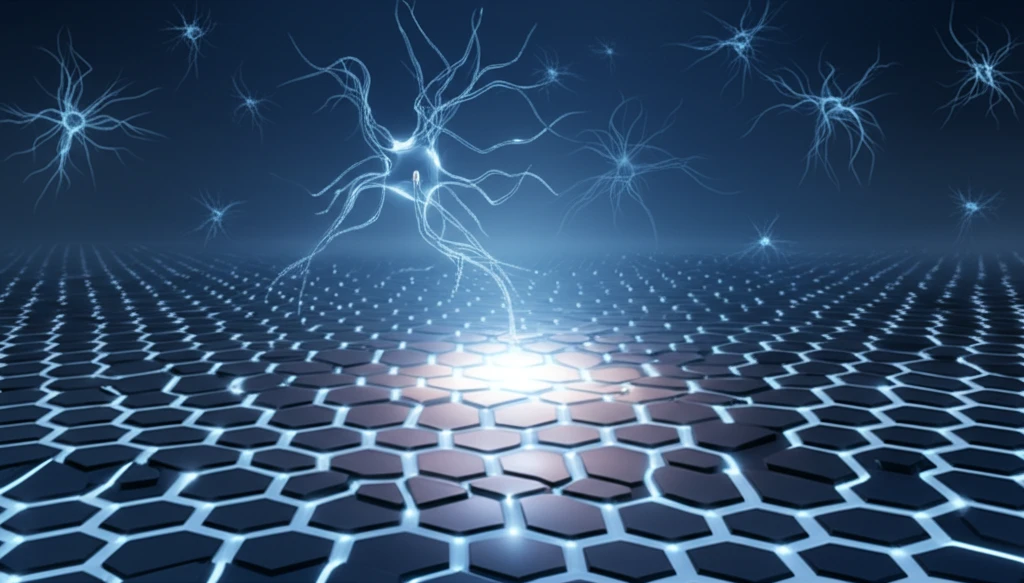
Decoding Topological Insulators: The Future of High-Tech Materials?
"Dive into the cutting-edge world of topological insulators, exploring their unique properties and potential applications in next-generation electronics and beyond."
In the ever-evolving landscape of materials science, topological insulators (TIs) have emerged as a groundbreaking area of research. These materials possess a unique electronic structure, behaving as insulators in their interior but exhibiting highly conductive surfaces. This peculiar characteristic stems from the strong spin-orbit interaction, a relativistic effect that couples the electron's spin and its motion, leading to novel electronic states.
Unlike conventional materials, the surface states of TIs are topologically protected, meaning they are robust against disorder and impurities. This protection arises from the fundamental symmetries of the material, making these surface states exceptionally stable and reliable for electron transport. The electrons on the surface behave as massless Dirac fermions, offering high mobility and reduced scattering, which are ideal for advanced electronic applications.
The potential applications of topological insulators are vast and varied, ranging from spintronics and quantum computing to thermoelectric devices and sensors. Researchers are actively exploring ways to harness the unique properties of TIs by modifying their composition, doping them with other elements, and creating heterostructures—combining different materials to engineer new functionalities. The ability to manipulate and control the electronic properties of TIs opens up exciting possibilities for creating next-generation technologies.
Modifying Transport Properties Through Doping

One of the key strategies for tailoring the properties of topological insulators is through doping—introducing impurities into the material's crystal structure. This can be achieved using either magnetic or nonmagnetic elements, each resulting in distinct effects on the material's electronic behavior.
- Ferromagnetic Ordering: Magnetic impurities can introduce a gap in the Dirac surface state, potentially leading to QAH insulators.
- Time-Reversal Symmetry Breaking: Magnetic dopants break the time-reversal protection of the Dirac point, unlocking new applications.
- Material Examples: Cr-doped (Bi,Sb)2Te3 shows strong ferromagnetic loops; V-doped Bi2Se3 films highlight the role of surface states in ferromagnetic coupling.
The Future of Topological Insulators
Topological insulators represent a paradigm shift in materials science, offering a unique platform for exploring novel electronic phenomena and creating next-generation technologies. While significant progress has been made in understanding and manipulating TIs, many challenges remain. Further research is needed to improve material quality, reduce bulk conductivity, and develop scalable fabrication methods. Despite these challenges, the future of topological insulators is bright, promising a revolution in electronics, computing, and beyond.
